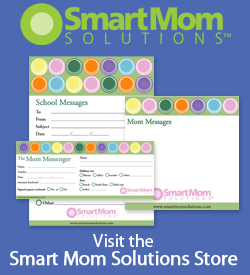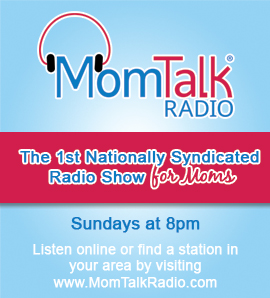A new category of “mom” is changing the face of the US economy and the tactics companies use to sell products to this powerful consumer group. The influential soccer mom of the 80s, credited with voting Bill Clinton into the White House and catching the attention of Fortune 100 brands, has been replaced. Today, the iPhone-toting and Facebook-posting parents who are recommending and purchasing products beyond the soccer field and carpool lane are called Power Moms, described in a new book by Mom Marketing expert Maria Bailey (http://bsmmedia.com).
In the newly released book, Power Moms: The New Rules for Engaging Mom Influencers Who Drive Brand Choice(http://tinyurl.com/powermoms2011, Wyatt-MacKenzie; May, 2011), Bailey highlights this new breed of mom, her sphere of influence, why companies should take notice, and a valuable “Little Black Book” of Power Moms (and Dads) from across the US and the world.
What makes a Power Mom? In Bailey’s new book, a Power Mom uses a range of online and offline channels to communicate with family and friends. Power Moms talk about products and brands, ultimately influencing product purchases using platforms like Facebook and Twitter in addition to traditional book club and school meetings. The key to a Power Mom’s influence is the integration of these messages across platforms: a front porch chat with a fellow Mom about her favorite brand gets tweeted from her smart phone or posted on Facebook during naptime.
“We think about moms and we think diapers and snacks as their major purchases. However, today’s mothers are buying everything from automobiles to computers, and using their smart phones and computers to share product recommendations, deals and coupons,” explains Maria Bailey, author of “Marketing to Moms” and herself a mother of four. “The sphere of influence of a Power Mom can make or break the sales of a company. ”
The Impact of Power Moms to the Bottom line of Businesses
The typical Power Mom is a mother who is extensively involved in social media platforms such as Facebook or Twitter, perhaps writes and manages a blog and is active in community, school or local business groups. Bailey explains that when a mom needs advice on products or services, she turns to a Power Mom. “She’s the stereotypical 1980s PTA mom on steroids,” Bailey says, “with her sphere of influence reaching other moms across the US and often around the globe.” In more and more instances, a Power Mom can touch millions of mothers with the message to buy one product over another or support a particular brand or service.
- 89% of Power Moms have recommended a product to friends and family on Facebook; 82% have purchased a product based on a recommendation on Facebook or Twitter
- 75% of Power Moms who blog online hold a leadership role in a community group or offline organization and influence over 50 moms a week
- On average, Moms will “Like” 3 brands a week on Facebook and recommend the brand’s Facebook page to their friends
These tech-savvy women flex their influential muscle by harnessing the power and reach of social media tools while still engaging with other moms and caregivers in old-fashioned settings to deliver a company’s product or brand message to peers and followers. For a classic example of a Power Mom, look at Bailey’s own Facebook fanpages (http://facebook.com/MariaBaileyBSM), a Twitter account with 20,000+ followers (@momtalkradio) and a recent term as the homeroom parent for her youngest child’s class.
For more information about Power Moms and a list of these same Moms across the US, read Maria Bailey’s Power Moms: The New Rules for Engaging Mom Influencers Who Drive Brand Choice (Wyatt-MacKenzie), now available at Amazon.com. For more information or to schedule an interview with Maria Bailey, please contact Mary Donnellan at mdonnellan@bsmmedia.com or 954-658-9481. Book images available.


